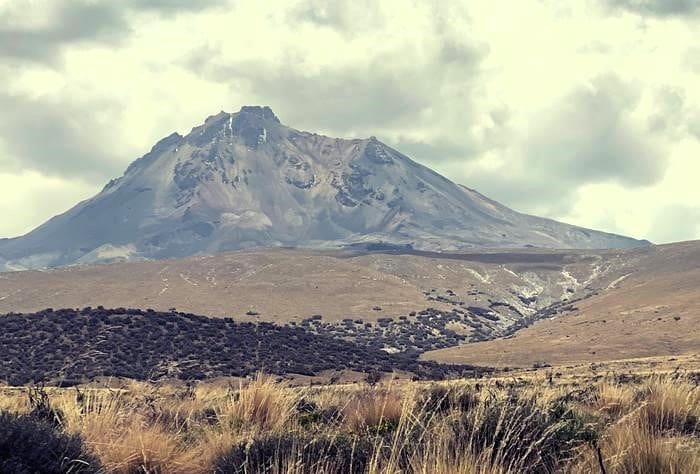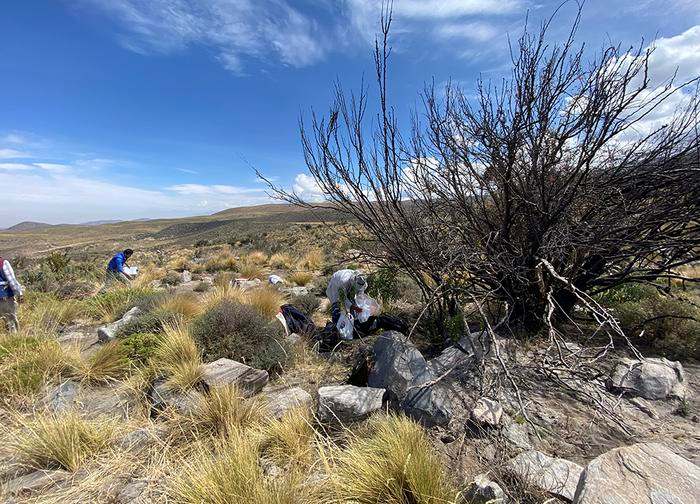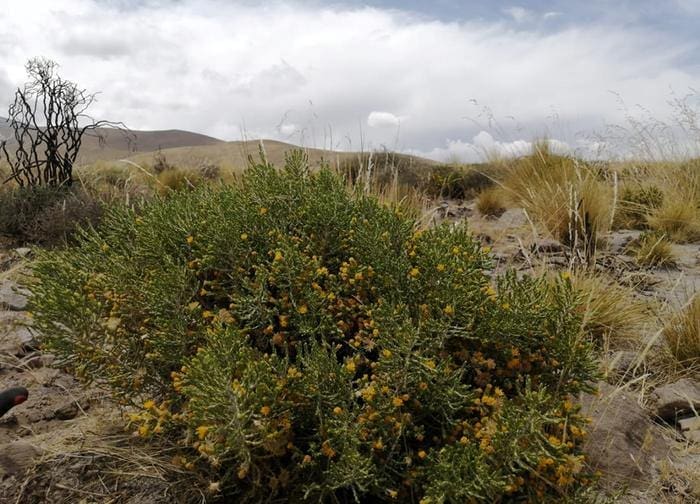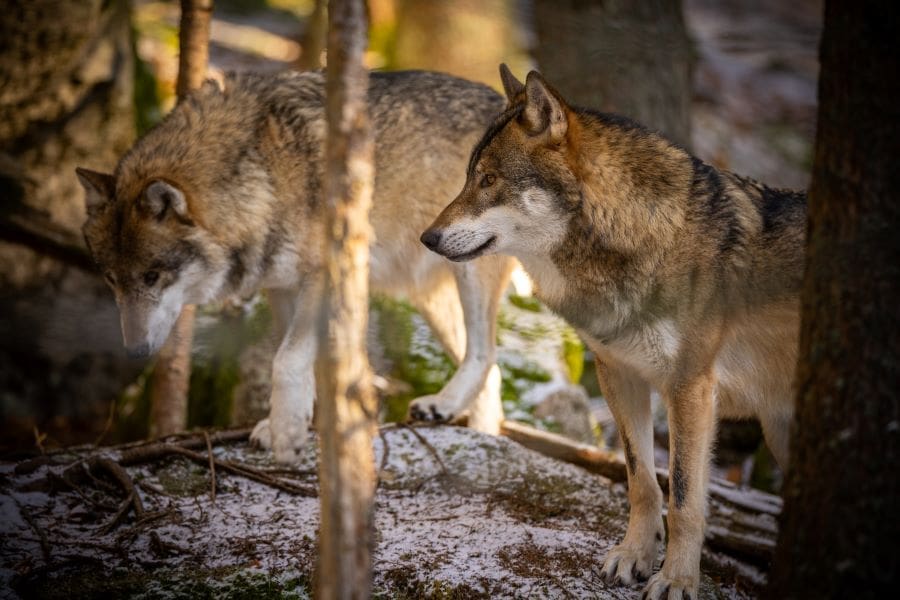Explore the latest insights from top science journals in the Muser Press daily roundup, featuring impactful research on climate change challenges.
In brief:
Wildfires in the Andes cause severe soil degradation and hinder ecosystem
In September 2018, a wildfire burned nearly two thousand hectares of shrubland on the Pichu Pichu volcano, an ecologically significant area in the Peruvian Andes. Unlike Mediterranean ecosystems, where vegetation has evolved strategies to withstand fire, the volcanic soils of Arequipa — one of the driest regions in the world — are not adapted to wildfire disturbances.

A Miguel Hernández University of Elche (UMH) research team collected and analyzed soil samples from the burned area at 3,700 meters above sea level to understand how these fragile ecosystems respond to fire disturbances.
The results, published in the Spanish Journal of Soil Science, indicate that four years after the fire, vegetation and soil combustion, combined with post-fire erosion, have caused a severe loss of soil organic carbon (SOC )— a key element for soil fertility.
“The Peruvian Andes are not prepared for wildfires,” warns UMH professor Jorge Mataix Solera, a scientist with more than thirty years of experience studying post-fire soil recovery. Mataix emphasizes that fire is a natural ecological force, but its effects vary significantly depending on the ecosystem.
The study’s findings indicate that Pichu Pichu’s soil has undergone significant physical and chemical degradation after the fire, hindering ecosystem recovery. Furthermore, post-fire erosion has triggered additional degradation, reduced clay content, and weakened soil structure.
Post-fire water repellency and soil vulnerability
One of the challenges identified in these arid soils is their natural tendency to repel water, a phenomenon influenced by organic matter characteristics and high sand content. This water repellency persisted after the fire, exacerbating erosion. Without vegetation to retain moisture, water runs off the surface rather than infiltrating the soil, accelerating erosion.

“While well-structured and evolved soils, such as Mediterranean soils, have a high water-holding capacity, young volcanic Andean soils, which are naturally sandy, lose this ability after fire-induced organic matter loss,” explains UMH researcher Minerva García Carmona.
“This is why understanding the effects of fire on these young and fragile soils is crucial,” García adds, “especially considering the role of plants, which form the combustible material in wildfires and influence soil degradation.”
Key plant species and their influence on post-fire soil degradation
The study focused on two native plant species with a critical role in the ecosystem: Berberis lutea, known as “palo amarillo del Perú,” and Parastrephia quadrangularis, or “tola.” Researchers examined whether fire had different effects on soils depending on the dominant vegetation. The results revealed that areas dominated by Berberis lutea experienced greater soil degradation. “This is likely because it is a larger plant with higher biomass, which intensified combustion effects,” García clarifies.
The UMH research team has extensive experience studying wildfire impacts on Mediterranean forests, which have developed resilience strategies due to their long history of fire exposure. However, their findings in Pichu Pichu confirm that volcanic soils in Arequipa naturally retain less water and are particularly vulnerable to fire degradation. This highlights the increasing threat wildfires pose to these ecosystems.

A fragile ecosystem in the Andean Volcanic Belt
Pichu Pichu is located in the central volcanic zone of the Andes. UMH researchers collected soil samples at approximately 3,700 meters above sea level, where annual precipitation averages just 385 mm, concentrated over three to four months. This makes the Arequipa region a “cold desert,” with temperatures ranging from 4 to 18 °C. The vegetation consists mainly of highly drought-adapted shrubland.
Due to limited precipitation, the Andean Volcanic Belt is a crucial water source for surrounding areas. “Although Pichu Pichu is dominated by shrubland, its foothills support forests that host a rich diversity of plant and animal species,” explains a UMH professor. These foothills include queñua forests (Polylepis), whose endemic species in Peru are currently endangered.
The rise of wildfires in Peru and climate change implications
In Peru, most wildfires occur between July and October. In September 2024, the satellite monitoring project Queimadas recorded an all-time high of 7,037 wildfire hotspots in the country. “In a region like Arequipa, located in a desert environment, understanding soil response under new fire regimes is essential for assessing ecosystem resilience to climate change,” explains a UMH researcher.
Mataix believes that the more we learn, the better we can help design prevention strategies and post-fire treatments to mitigate the effects of rising temperatures and intensified droughts.
“This is as crucial in Peru as it is in Spain or California,” Mataix concludes. “Although fire is a natural phenomenon, the climate crisis is exacerbating these events, and we must do everything possible to restore and protect these ecosystems.”
Journal Reference:
Coaguila L, Mataix-Solera J, Nina S, García-Carmona M and Salazar ET, ‘Soil Degradation Evidence Following a Wildfire in Arequipa’s Andean Region, Peru’, Spanish Journal of Soil Science 15: 13983 (2025). DOI: 10.3389/sjss.2025.13983
Article Source:
Press Release/Material by Angeles Gallar | Miguel Hernandez University of Elche
Reintroducing wolves to Scottish Highlands could help address climate emergency
Reintroducing wolves to the Scottish Highlands could lead to an expansion of native woodland which could take in and store one million tonnes of CO2 annually, according to a new study led by researchers at the University of Leeds.
The team modelled the potential impact that wolves could have in four areas classified as Scottish Wild Land, where the eating of tree saplings by growing red deer populations is suppressing natural regeneration of trees and woodland.
They used a predator–prey model to estimate that a reintroduction of wolves to areas in the Cairngorms, South-west Highlands, Central Highlands and North-west Highlands would lead to a total population of around 167 wolves – enough to reduce red deer populations to a level that would allow trees to regenerate naturally.

Control of red deer by wolves could lead to an expansion of native woodland that would take up – or sequester – one million tonnes of CO2 each year – equivalent to approximately 5% of the carbon removal target for UK woodlands that has been suggested by the UK’s Climate Change Committee as being necessary to reach net-zero by 2050.
The researchers estimate that each wolf would lead to an annual carbon uptake capability of 6,080 tonnes of CO2, making each of the predators worth £ 154,000, using accepted current valuations of carbon.
The results of their study are published in the journal Ecological Solutions and Evidence.
This is the first time that the potential impacts of a wolf reintroduction on woodland expansion and carbon storage in the UK have been assessed, and the researchers believe the results provide further evidence of the role large carnivores can play in delivering the nature-based solutions required to address the climate emergency.
Lead author Professor Dominick Spracklen of the University of Leeds’ School of Earth and Environment said: “There is an increasing acknowledgement that the climate and biodiversity crises cannot be managed in isolation.
“We need to look at the potential role of natural processes such as the reintroduction of species to recover our degraded ecosystems and these in turn can deliver co-benefits for climate and nature recovery.”
Wolves were eradicated from Scotland around 250 years ago, leaving red deer with no natural predators and allowing their populations to grow across the country. Despite ongoing management, red deer numbers in Scotland have significantly increased over the last century, with the latest estimates thought to be as high as 400,000.
Lack of natural tree regeneration has contributed to the long-term decline and loss of native woodland. Scotland today has one of the lowest levels of native woodland in Europe, with only 4% of country covered. The natural regeneration of trees is largely restricted to areas where deer are excluded by fencing. More intensive deer management in some locations has been shown to help tree regeneration, with an increasing number of seedlings when red deer numbers were reduced to fewer than four per km2.
Discussions around potential large carnivore introductions to the UK and elsewhere are ongoing. The wolf population in western Europe now exceeds 12,000 and they occupy 67% of their former European historical range, including human-dominated landscapes in Central Europe. Even the Netherlands, a country considerably more densely populated than Scotland now has wolves resident again.
The researchers recognise that the debate around the reintroduction of wolves to the Scottish Highlands will not be without controversy, particularly among livestock farmers and deer stalkers.
However, they argue that benefits of reintroducing wolves need to be considered. The financial benefits associated with carbon uptake and storage would be in addition to the other well documented economic and ecological impacts of wolf reintroduction, including ecotourism, a reduction in deer-related road traffic accidents, a reduction in Lyme disease associated with deer and a reduction in the cost of deer culls.
Lee Schofield, a co-author of the study, added: “Our aim is to provide new information to inform ongoing and future discussions about the possibility of wolf reintroductions both in the UK and elsewhere.
“We recognise that substantial and wide-ranging stakeholder and public engagement would clearly be essential before any wolf reintroduction could be considered. Human-wildlife conflicts involving carnivores are common and must be addressed through public policies that account for people’s attitudes for a reintroduction to be successful.”
Journal Reference:
Spracklen, D. V., Chapman, P. J., Fletcher, T., Lane, J. V., Nilsen, E. B., Perks, M., Schofield, L., & Scott, C. E., ‘Wolf reintroduction to Scotland could support substantial native woodland expansion and associated carbon sequestration’, Ecological Solutions and Evidence 6, e70016 (2025). DOI: 10.1002/2688-8319.70016
Article Source:
Press Release/Material by University of Leeds
Featured image credit: Gerd Altmann | Pixabay




